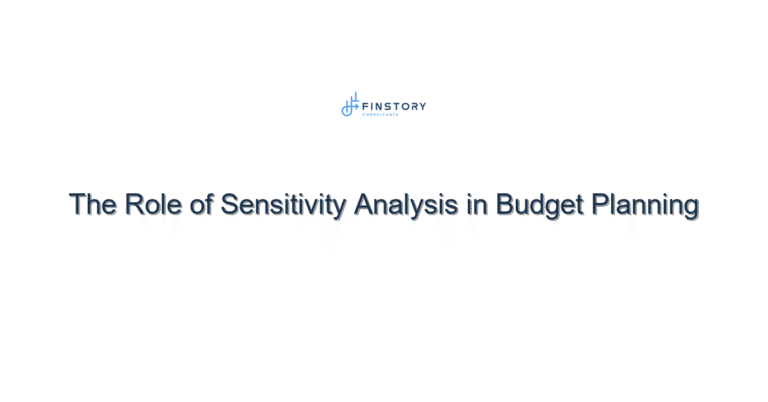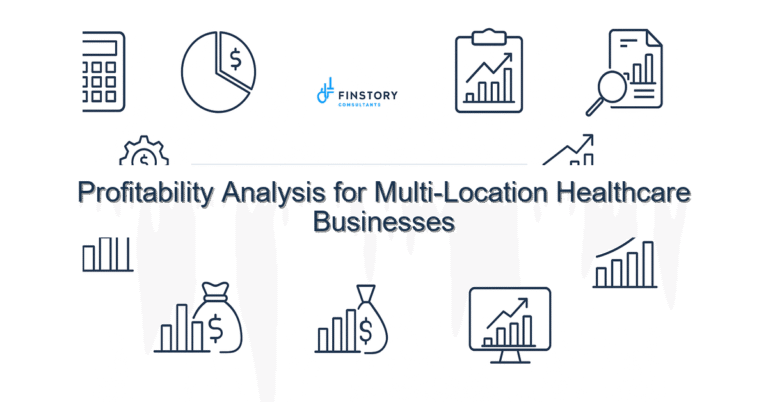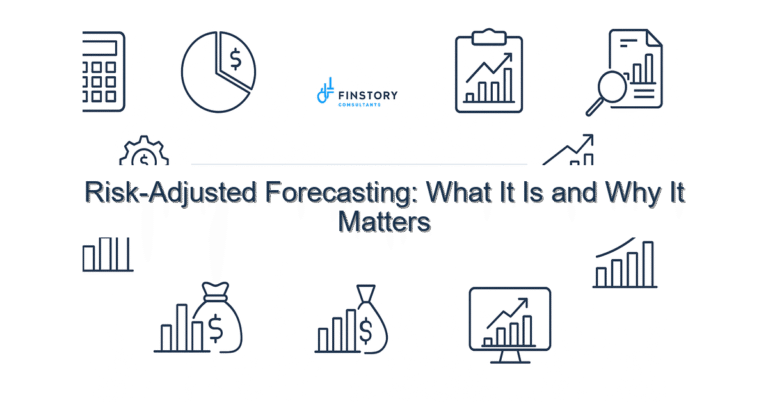How to Build Cash Flow KPIs That Actually Matter
Cash flow in healthcare feels like a moving target: patient volumes change, payers lag, and payroll is relentless. You don’t need more dashboards — you need KPIs that connect to decisions your team can actually act on.
Summary: Build cash flow KPIs that tie to operational levers (AR days, payer mix, timing of vendor payments). Use a simple 4-step framework to focus measurement on predictability, leading indicators, and routine intervention—so you reduce surprises and free up working capital to invest in care.
What’s the real problem?
Healthcare finance teams often obsess over trailing numbers that explain what already happened. That’s useful for reporting, but not for managing cash today.
- Receivables pile up while teams firefight denials and collections.
- Leadership sees weekly cash swings but can’t link them to an action owner.
- Forecasts are optimistic or opaque, so operating leaders hold back decisions.
- Payer timing and seasonal volumes create predictable gaps that catch teams off guard.
What leaders get wrong
Leaders mean well but fall into patterns that make cash harder to control. A few common missteps:
- Measuring too many KPIs. When everything is tracked, nothing drives action.
- Focusing only on lagging metrics (revenue, cash collected) without leading signals like AR aging by payer or authorization bottlenecks.
- Keeping KPIs finance-only. If clinical ops and revenue cycle don’t see the same measures, coordination breaks down.
- Setting targets without clear ownership or a cadence to review and intervene.
A better approach
Shift from vanity reporting to decision-focused KPIs. Here’s a tight 4-step framework you can implement this month.
- 1. Start with the decision. Ask: what decision will change if this KPI moves 10%? Example: delaying elective hires, accelerating collections, or drawing on a line of credit.
- 2. Choose 4–6 KPIs: a balance of leading, diagnostic, and outcome metrics. E.g., AR days by payer (leading), authorization backlog (diagnostic), weekly cash variance vs. forecast (outcome).
- 3. Assign owners and intervention rules. For each KPI, name who acts and what they do when thresholds are crossed (call payer, hold vendor payment, escalate to COO).
- 4. Operationalize cadence and tools. Daily cash snapshot, weekly leadership review, and a 30/60/90-day forecast that ties to volume and payer behavior.
Real-world note: One regional health system reduced unexpected weekly cash variance from ±30% to ±8% after moving to four decision-linked KPIs and a weekly 30-minute huddle where exceptions were assigned to owners. That improved available cash by roughly 12% of monthly payroll—enough to avoid a short-term loan.
Quick implementation checklist
- Pick one core cash decision (e.g., avoid short-term borrowing this quarter).
- Choose 4 KPIs: AR days by payer, net days outstanding, authorization backlog, weekly cash variance vs. forecast.
- Define a single owner and one fallback for each KPI.
- Set thresholds (green/amber/red) and concrete actions for amber/red.
- Build a simple dashboard in Power BI or your BI tool linking to live AR and bank feeds.
- Run a weekly 15–30 minute cash huddle with ops, revenue cycle, and FP&A.
- Map the top 10 slow-paying payers and assign targeted outreach.
- Automate one routine cash process this week (lockbox posting, electronic remittance).
- Document the forecast assumptions and update them after each huddle.
What success looks like
- AR days reduced by 10–20% within 3 months.
- Weekly cash variance vs. forecast cut from ±30% to under ±10%.
- Reduction in emergency borrowing or overdraft use and direct savings on interest (ROI measurable monthly).
- Faster billing-to-cash cycle time (days to cash) improved by 7–14 days.
- Clear owner accountability: 100% of KPIs with assigned owners and documented actions.
Risks & how to manage them
Three common risks and pragmatic mitigations:
- Risk: Data delays produce misleading KPIs.
Mitigation: Prioritize live bank feeds and automate lockbox posting; use a ‘data confidence’ flag on dashboards. - Risk: KPIs become a blame game.
Mitigation: Frame reviews as problem-solving huddles; reward early wins and cross-functional collaboration. - Risk: Overfitting to short-term fixes (e.g., cutting care).
Mitigation: Balance cash-savings with patient care KPIs and require executive approval for decisions that affect clinical throughput.
Tools & data
Good KPIs rely on consistent, timely data. Think about these tools:
- Finance automation for AR posting and remittance processing—reduces manual lag and errors.
- Power BI or a similar BI tool for a single leadership dashboard that updates daily and supports drill-downs to payer, facility, and clinician.
- Integrated bank feeds and cash-platform connectors so your cash snapshot reflects reality.
- Leadership reporting templates that show decision implications: what does a 5-day AR swing mean for payroll?
Next steps
If you’re ready: run a short diagnostic this week. Pull current AR aging, payer remittance patterns, and your last 8 weeks of cash variance. Use these to pick your 4 KPIs and convene a 30-minute kickoff with ops, revenue cycle, and FP&A.
If you want expert help, contact Finstory—we run a rapid, two-week pilot that maps KPIs to decisions, builds the dashboards in Power BI, and trains your team to own the cadence.
Work with Finstory. If you want this done right—tailored to your operations—we’ll map the process, stand up the dashboards, and train your team. Let’s talk about your goals.
📞 Ready to take the next step?
Book a 20-min call with our experts and see how we can help your team move faster.
Prefer email or phone? Write to info@finstory.net
or call +91 44-45811170.






